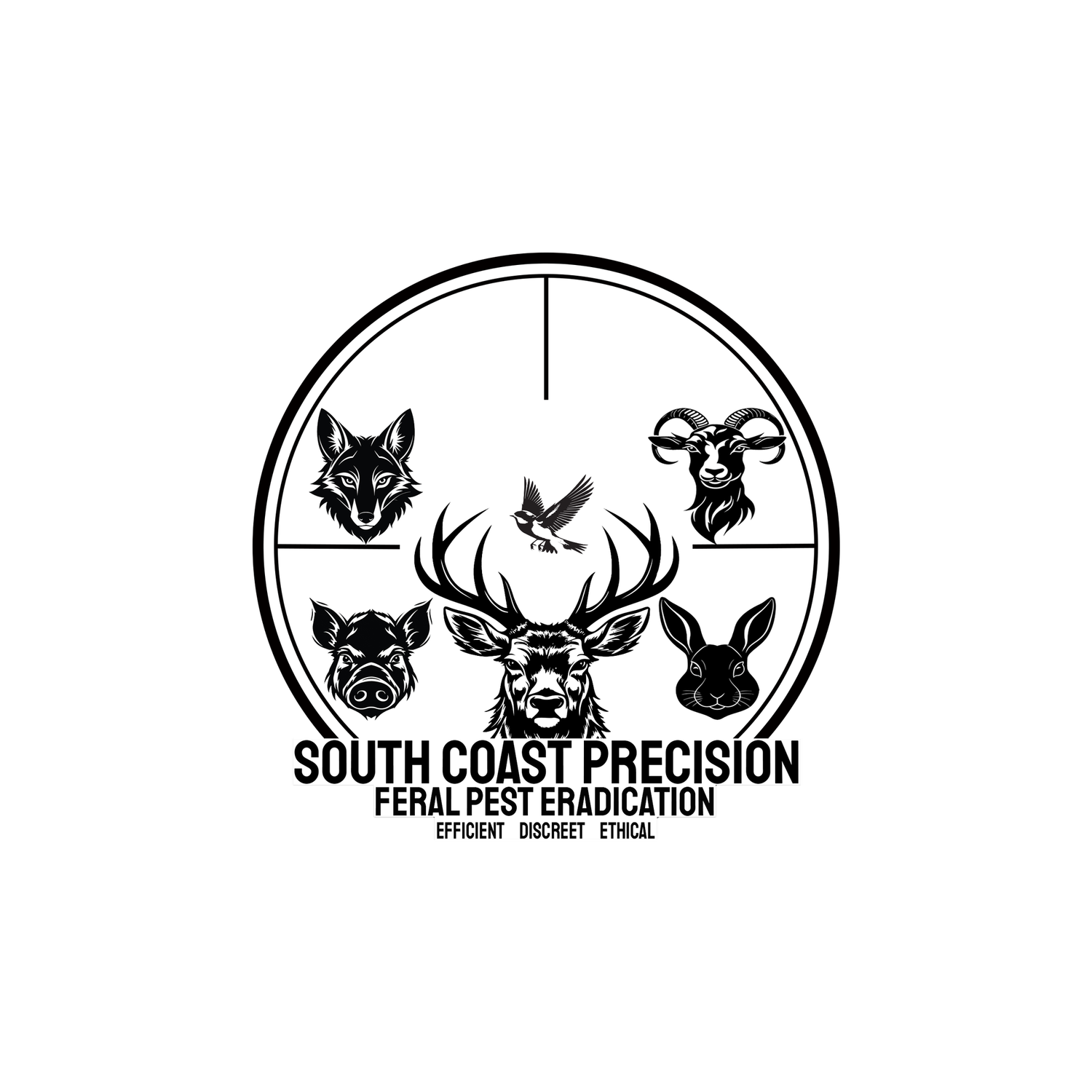
Chital Deer
Chital Deer
Scientific Name:
Axis axis
Common Names:
Chital, Spotted Deer, Indian Spotted Deer
Origin: Indian sub-continent and Sri Lanka
Native Habitat:
Chital deer are native to the Indian subcontinent, including India, Sri Lanka, Nepal, Bhutan, and Bangladesh, and they are also found in parts of Southeast Asia, including Myanmar.
Introduced to Australia:
Chital deer were introduced to Australia in the 19th century for hunting and wildlife diversification purposes. Their populations are small but established in parts of Queensland and New South Wales.
Distinctive Characteristics:
Males stand 90-100 cm at the shoulder and weigh between 50-70 kg, while females are slightly smaller.
Reddish-brown with white spots across the body, which provides camouflage.
Males have branching antlers that can grow up to 75 cm in length. These are shed and regrown annually.
Short, with a white underside that is often raised when the deer is alert.
Large, round ears that are sensitive to sounds and help detect predators.
Identification:
The reddish-brown coat with white spots is the most recognizable feature. It lightens during the hot summer months.
Males weigh between 50-70 kg with a shoulder height of about 90-100 cm. Females are smaller but similar in appearance.
Typically branching, reaching up to 75 cm in length.
The white spots on the coat are the key distinguishing feature.
White underside often raised when the deer is alert.
History and Biology:
Introduction to Australia: Chital deer were introduced to Australia for hunting purposes and have established small populations in Queensland and New South Wales.
Chital are herbivores, feeding on grasses, fruits, leaves, and seeds, with a preference for young, tender vegetation this veracious appetite has a tendency to damage large areas with the animal eating out the “browsing’ line of vegetation.
Chital breed year-round, with peak breeding during the monsoon season. Gestation lasts about 230 days, with females typically giving birth to a single fawn. Males shed and regrow their antlers annually after the breeding season. Males reach sexual maturity at 18-24 months but usually do not become dominant breeders until they are 4-5 years old. Females reach maturity at 1.5-2 years.
In the wild, Chital deer live for 10-12 years, though many are subjected to predation, disease, or hunting before reaching old age. Females tend to live longer than males.
Damage and Impact:
The impact that Chital deer have on the environment is no different to any other deer species found in Australia, there impacts can be summed up as below.
Ecological Impact: Chital deer contribute to the degradation of native vegetation. Their browsing can hinder the regeneration of young trees and shrubs, and overgrazing can lead to soil erosion and reduced biodiversity, especially in hilly or mountainous areas, further impacting local ecosystems and water quality.
Competition with Native Species: Chital deer can outcompete native herbivores for food and space, especially in areas where natural vegetation is under pressure.
Chital deer are heavy browsers that feed on shrubs, young trees, and herbaceous plants, which can impede vegetation regeneration and alter plant communities
Sambar deer overgrazing can contribute to soil erosion,
Chital deer cause substantial economic losses by damaging crops, including grains, vegetables, Grasses, shrubs, herbs and fruits. The costs of managing their populations through hunting, fencing, and monitoring are also considerable.
Diseases Associated:
Chital deer can carry diseases such as tuberculosis and foot-and-mouth disease, which can affect both wildlife and livestock, causing economic damage to farmers.
Control and Management:
Ground-based shooting remains a key method for controlling Chital deer populations in areas where they are considered pests.
Trapping and Monitoring: Regular population monitoring and trapping are essential for managing deer numbers.
Exclusion Fencing: Fencing sensitive areas, like agricultural lands and conservation zones, can limit Chital movement. This is generally a last resort measure due to the ongoing cost and maintenance required with this
Hear a Chital Deer call below






